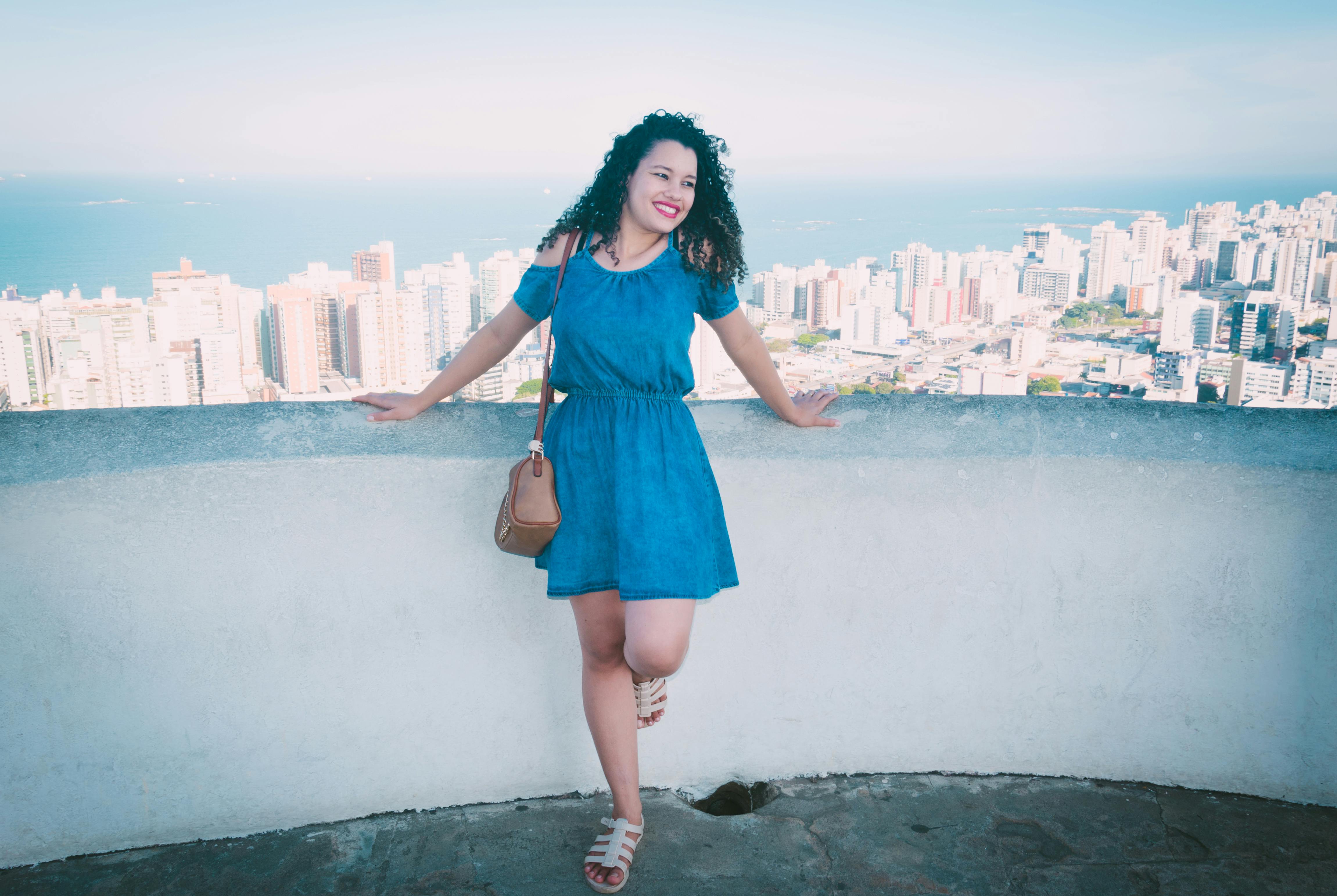Seasonal Makeup Tips – Introduction
There is a concept in makeup now of listing it in terms of warm and cool. This can cover foundations, powders, and even blushes. It comes from a system introduced a few decades ago that can be loosely described as color coding. In basic terms, it was a system in which a person (mainly women, but also men) could figure out how to choose their clothes and even put on makeup according to a person’s skin complexion. Each complexion of the skin would coincide with a particular season of the year. If a person had a very light skin tone, that person would be considered a “spring” and would match their clothes and even makeup with what were considered “spring” colors. If a person had a medium skin tone, that person would be considered a “summer” and would match their clothes and even makeup with what were considered “summer” colors. If a person had a more tanned skin tone, that person would be considered a “fall” and would match their clothing and even makeup with what were considered “fall” colors. If a person had a more intense skin tone, that person would be considered a “winter” and would match their clothes and even makeup with what were considered “winter” colors.
Books were written and house parties organized using this color-coding technique. It was unique in that when a person thought they knew what “station” they were in, some people were sometimes surprised to find themselves at another “station.” People of ethnic origin were supposed to be automatically classified as “winters”, but some Caucasian people were also included in this category quite often. To give a general idea of how all of this worked, the “winter” season will be used in the following examples and suggestions.
“Winters” would choose bases under cool tones and with a base of pink. Examples of cool base shades were pink and sand. Try a foundation on the jawline to get the right shade. Cover dark scars and blemishes with a coverage bar in the cool shade category. The blushes would be chosen in the cool tones, particularly in the rose family. Examples of cool blushes ranged from bluish pink to burgundy with the exception of light red.
Lipsticks were chosen in cool tones, particularly pink tones. Examples of cool lipstick shades were pinks, plums, burgundy (plums and burgundy can also be brownish), bluish reds, and light reds. Reds can be used as a base for the other colors. If any of the lipstick colors turned blue; It was suggested to try an icy lipstick. A brush or lipstick was to be used to outline the lips. When buying a lipstick brush, a sable tip was suggested.
Eyebrow pencils were chosen in cool shades. Examples of cool-toned brow pencils were charcoal brown or those with grayish and / or taupe tones. The eyeshadows would be used in powder form. If you use crayons, a creamy crayon is recommended.
